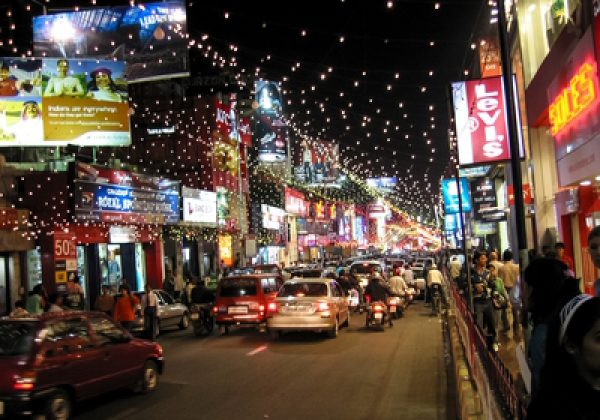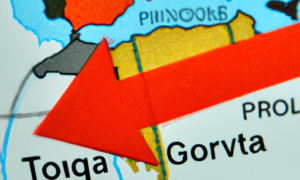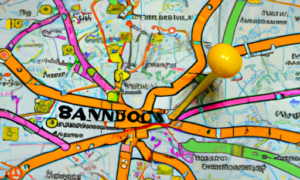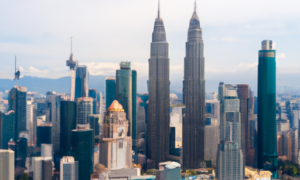
As the roads of India are congested, driving in India is quite a task for the ones who are trained in the otherwise clear roads in the west. The congestion itself eliminates rash driving. Worse, India is getting over populated with multiplying personal vehicles and Delhi alone claims 2 millions vehicles, which makes driving in India a challenge.
Here are few tips that could help you understand the part and parcel of driving in India:
- Like the UK, India too has a right hand/left hand side drive. If you hail from a country that endorses cars with left hand drive, you may be baffled initially. Be mindful about the sides while driving and you’ll be a pro in a matter of a month.
- Stay bang alert while driving. Most Indian cities have narrow lanes which might interrupt your highway drive; as a result animals and children might come in your way. So a manageable speed is prescribed. Make sure to rest your foot on the break if not on the accelerator.
- The car insurance in India comes with a row of clauses per se. If you dent your car in the plastic zone, your insurance wouldn’t cover for it. Before anything, in case of an accident, you’ll need to lodge a FIR in the nearby police station. Try not to commit an accident. Be careful while driving.
- India doesn’t allow drunk drivers post 10PM. Do not tailgate at a speed higher than 30 KMPH in the night. I think a drunk driving itself should be avoided in the mid night along the Indian streets; otherwise you will be caught under a bitter dispute with the police. NEVER gatecrash. And remember in India, people can turn without switching on the indicator, so be careful.
- Bullock carts, cycles, rickshaws, three-wheeler autos, cars, SUVs, trucks, buses cross your path while driving because there are no segregated lanes for the small vehicles so cars need to speed down to avoid mishaps. There are no automatic transmission vehicles in India and everything is manual. Make sure your clutch pedal is light in case if you’re accustomed to automated transmission vehicles.
- The processions of marriage parties, political rallies can throw the traffic out of gear any minute, so better take alternative routes to reach your destination. You can get a local cabbie to guide you the route. On the second thoughts, you can just cut the traffic like others.
- Roads are comparatively smaller in small towns or rural village so driving becomes more of a challenge. The narrow lanes result in the traffic coming in the other direction stumbles upon you as sharing the same path, so remember to move left when a car is coming towards you. It’s okay if you’re not on the road, but being at the left is mandatory. Come back onto the road after having passed each other.
- Sometimes in India, vehicles come from the wrong side as well. I.e.: OMR, ECR in Chennai.
- Honking is not criminal in India and you can honk any time you want. With all that honking, you can make a heavy vehicle move over slightly to let you pass. Please refrain from over honking in the quite zone like hospitals and schools, that’s illegal.
- Call the cops immediately if an accident takes place. The public might over boil and beat you, only police can save you from the thrashing. Avoid any mayhem that comes your way and try to keep calm.
- A smaller vehicle gets the public sympathy in an accident. But if a pedestrian is hurt by a smaller vehicle, then the public sympathy sweeps in the favour of the guy.





